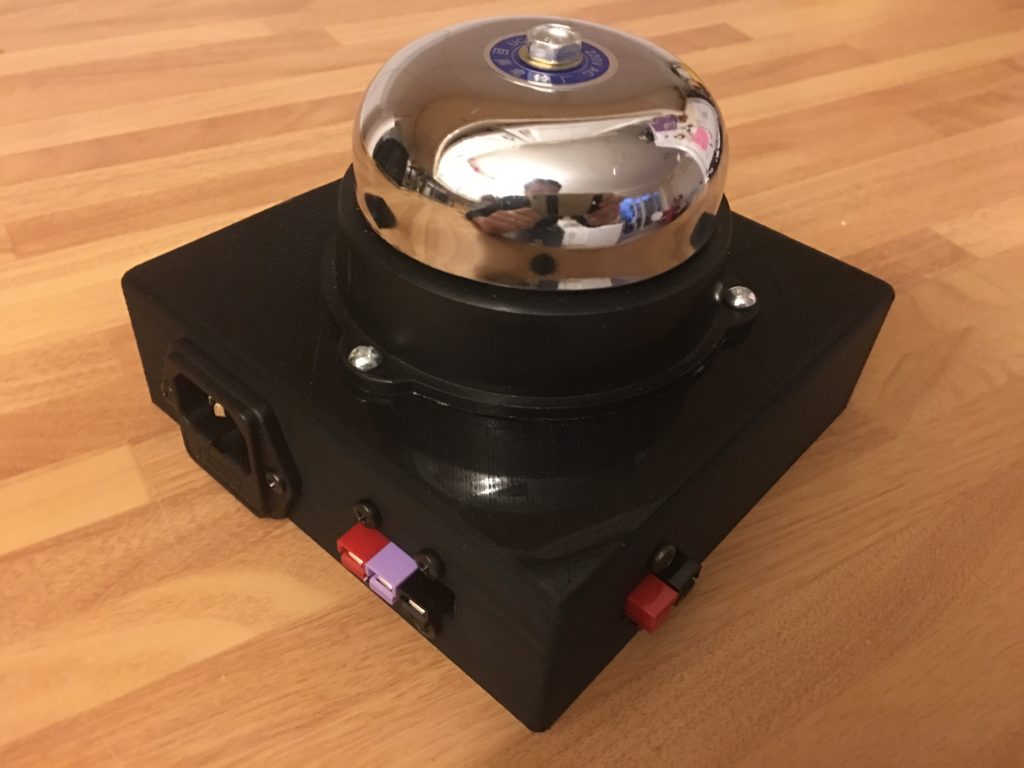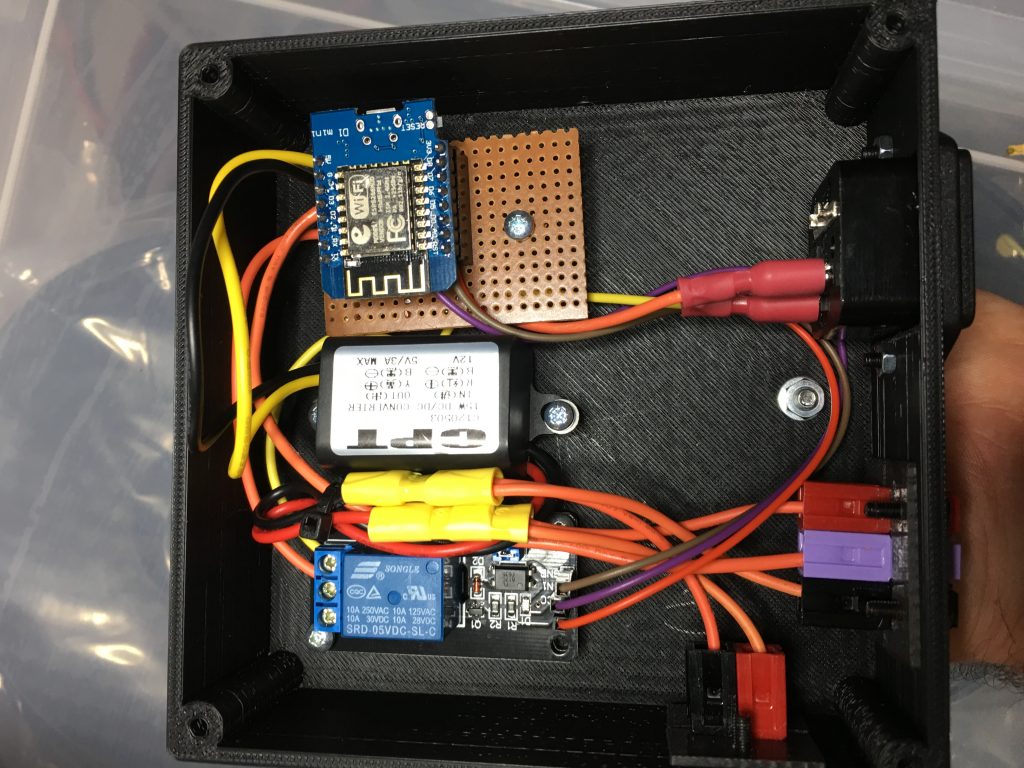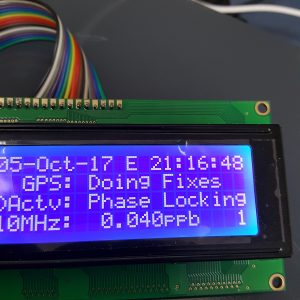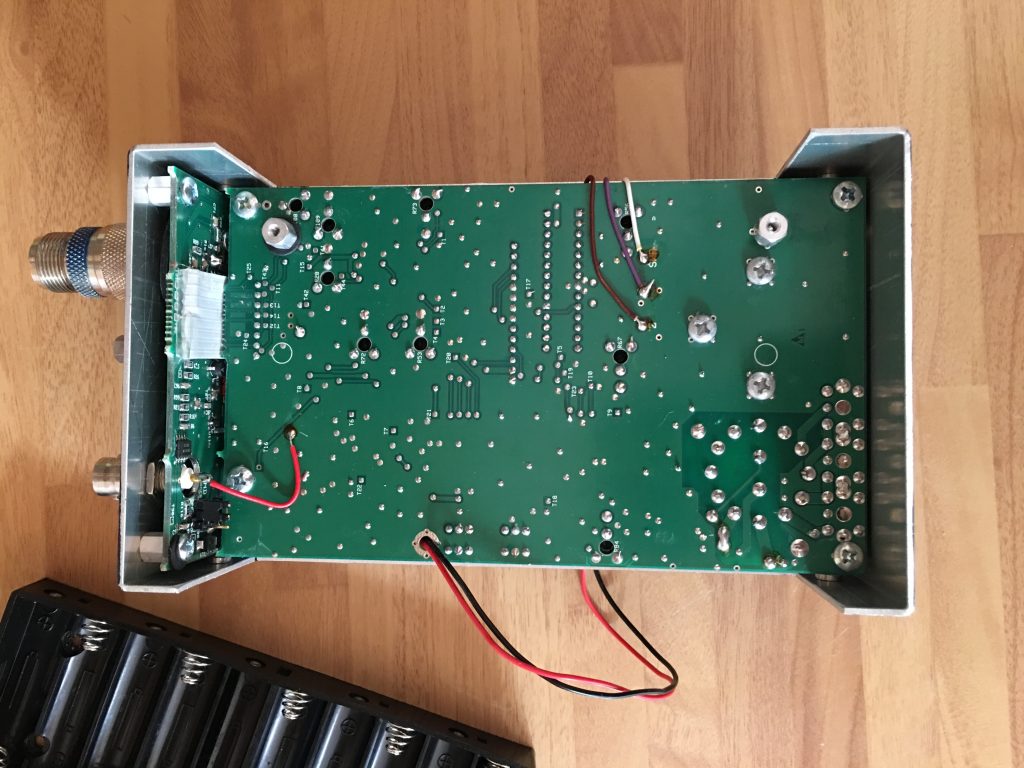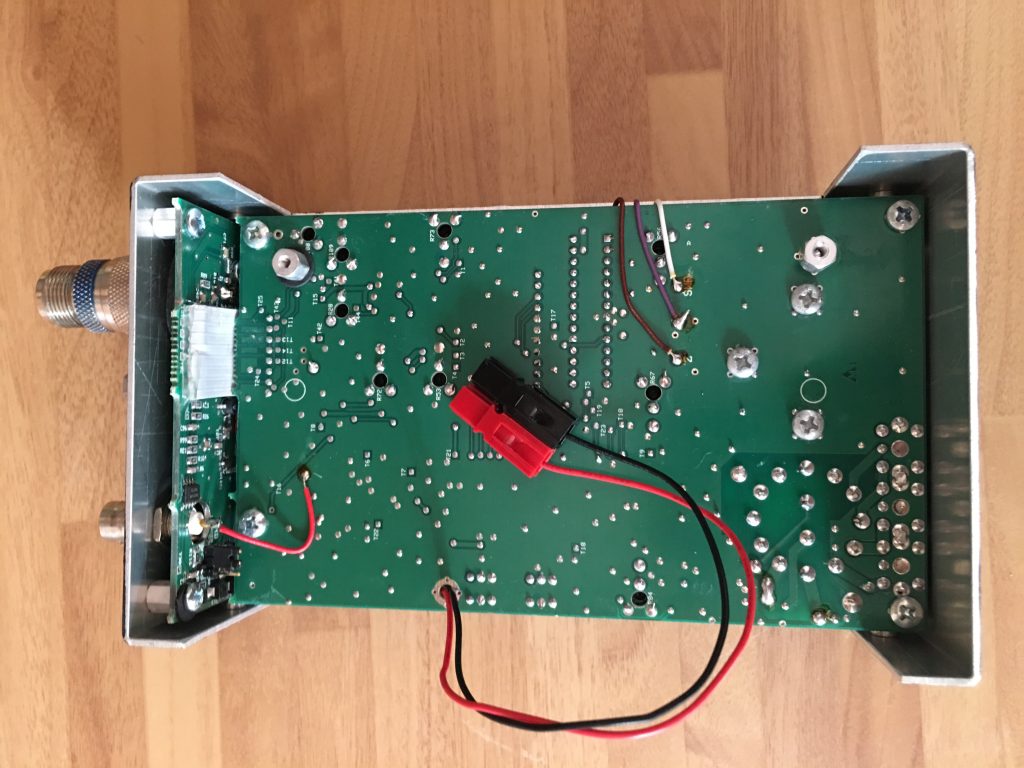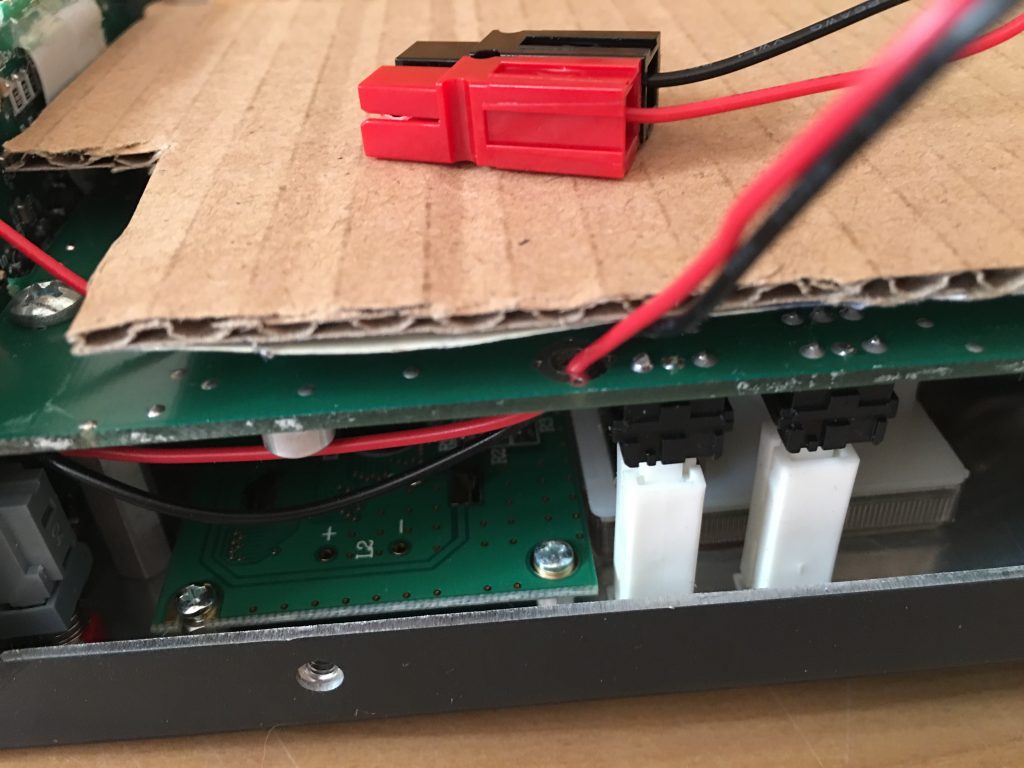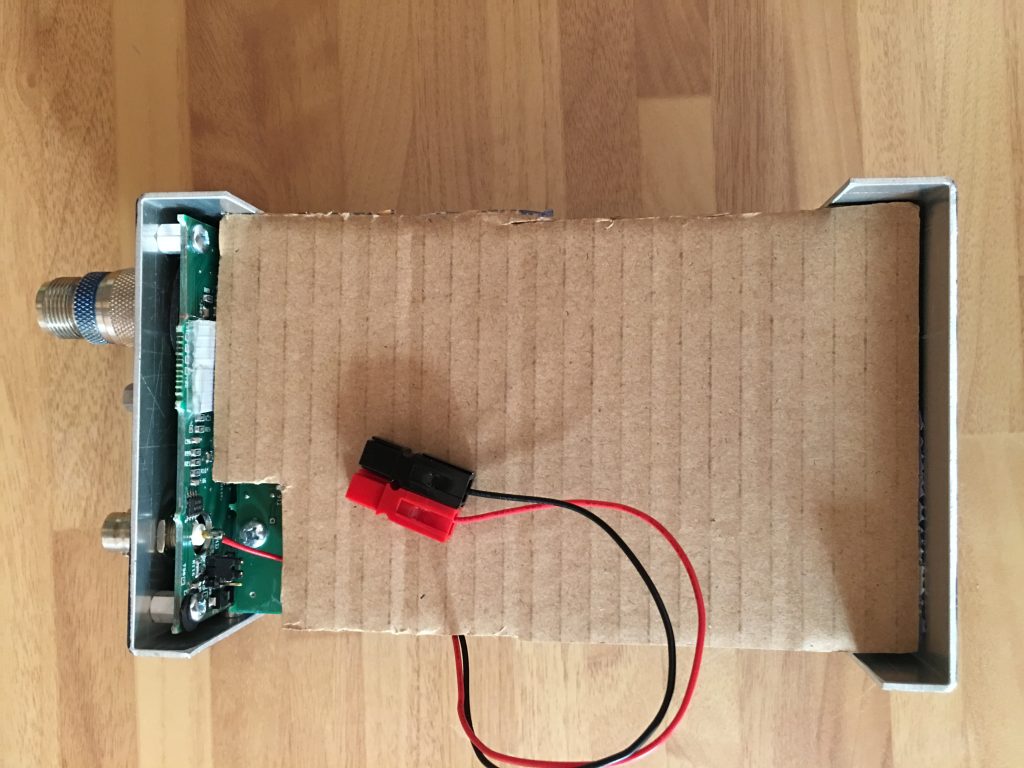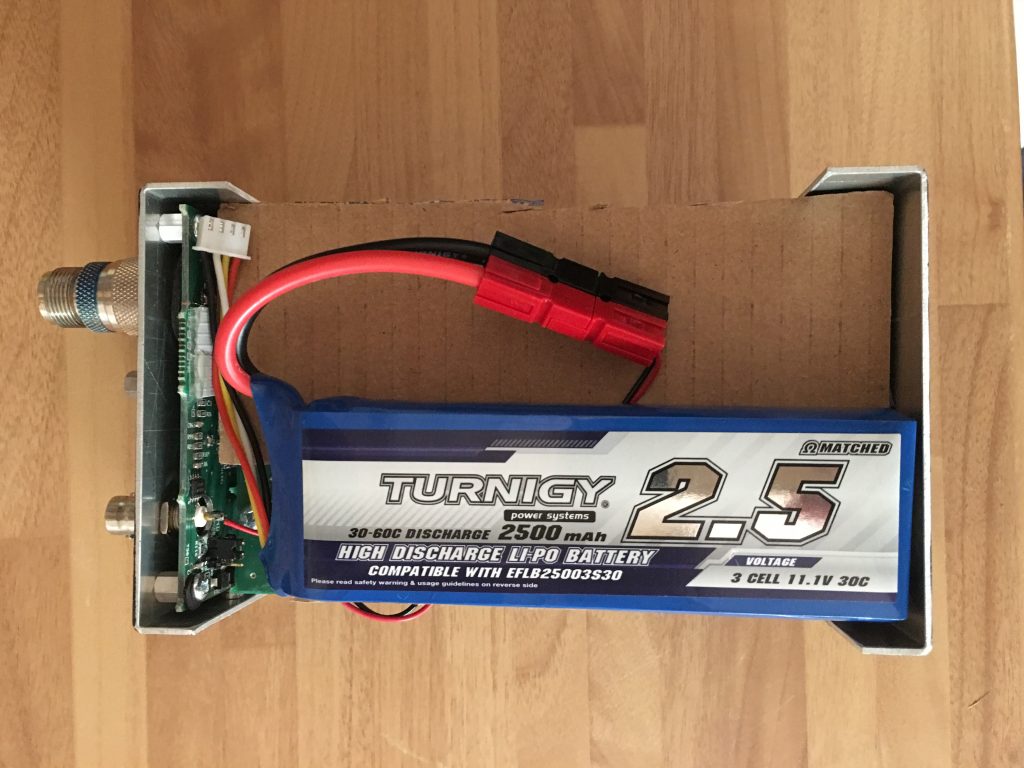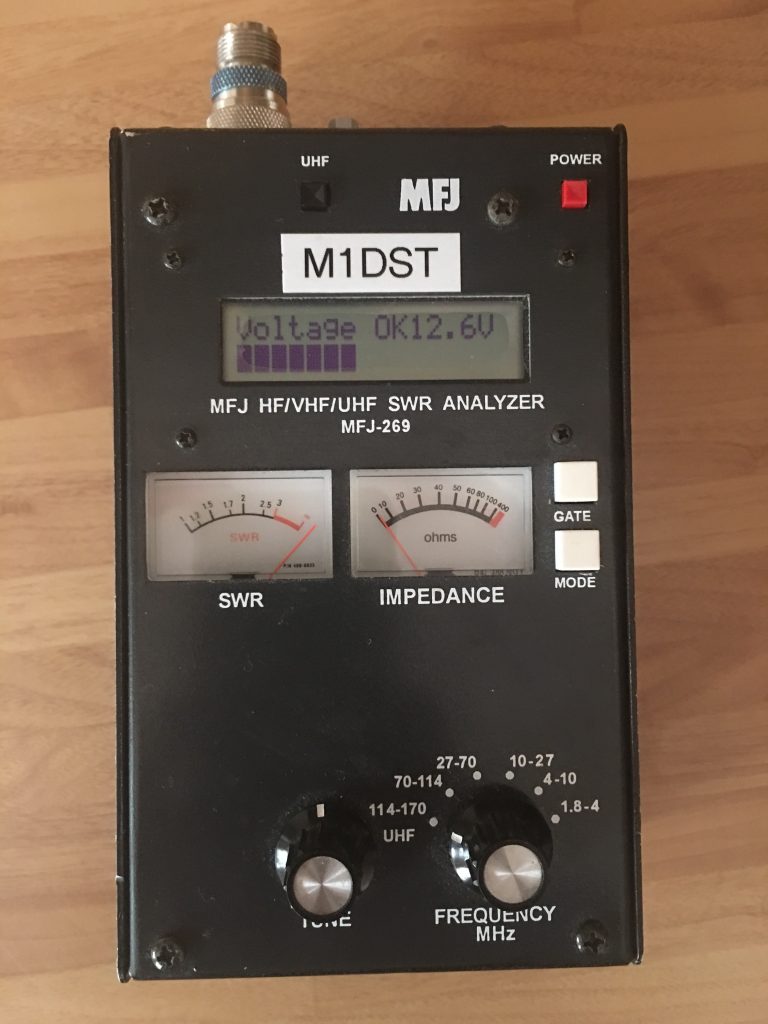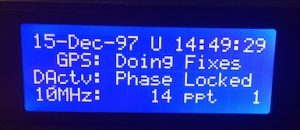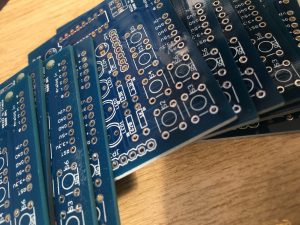This weekend I switched on the K3S and operated in the CQWW SSB contest. It wasn’t a serious entry as family life still needs to continue. Sam managed to keep the kids safe, fed and entertained for most of the time allowing me to operate. I had a couple of technical issues at the start of the contst. My Ultrabeam was showing a high SWR which almost stopped me taking part at all. In the end, I remembered there is a calibration routine built into the controller. Once I recalibrated the antenna all was well. The other issue is RS232 stopped working around the time I was fixing the antenna. This turned out to be a hardware fault. I hadn’t screwed the DB9 into the back of the P3 and it had fallen out. Doh! Fixed and no more issues.
My target was at least 400 QSOs, 55K points, 20 Zones and 80 DXCC. I didn’t reach the zone or DXCC targets this time. I made 3 QSOs as a result of a CQ call and the rest were all S&P.
Contest : CQ World Wide DX Contest
Callsign : M1N
Mode : PHONE
Category : Single Operator - Assisted (SOA)
Overlay : ---
Band(s) : Single band (SB) 20 m
Class : Low Power (LP)
Zone/State/... : 14
Locator : IO91CN
Operating time : 12h15
BAND QSO CQ DXC DUP POINTS AVG
--------------------------------------
160 0 0 0 0 0 0.00
80 0 0 0 0 0 0.00
40 0 0 0 0 0 0.00
20 400 18 78 0 577 1.44
15 0 0 0 0 0 0.00
10 0 0 0 0 0 0.00
--------------------------------------
TOTAL 400 18 78 0 577 1.44
======================================
TOTAL SCORE : 55 392
Dupes are not included in QSO counts neither avg calculations
Operators : M1DST
Soapbox : A fun but not serious entry.
